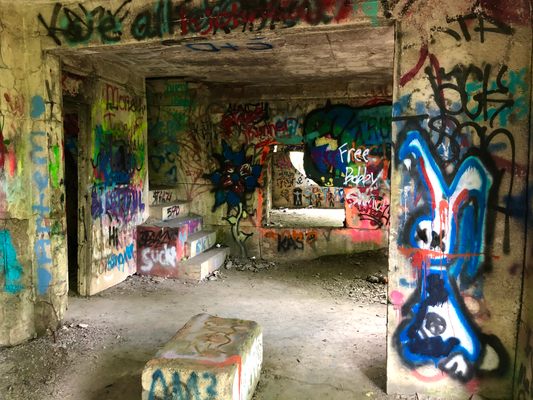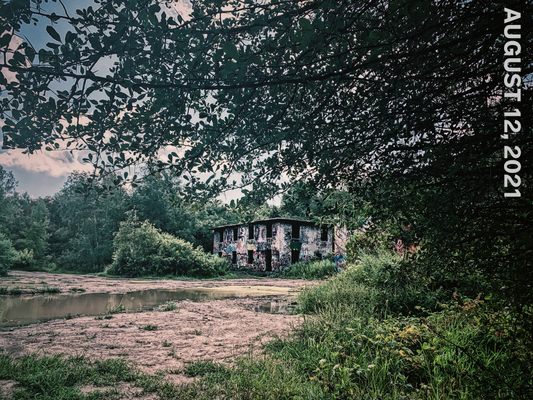About
Thought by many to be the first example of tract housing, the so-called Concrete City in Nanticoke, Pennsylvania was an exercise in institutional architecture which has deteriorated into indestructible modern ruins.
Also known as the “Garden City of the Anthracite Region,” the spartan community was poured into existence in 1911 to serve as ultra-modern housing for employees of a local coal mining company. Each of the 22 buildings was divided into a duplex meant to house two families within the spare concrete spaces. The identical edifices were spread out around a central courtyard which contained tennis courts and a baseball field. Despite their intended futurism, life in the pure concrete community was far from Utopian.
In addition to the rent of $8 a month, residence in the homes was surprisingly conditional requiring that tenants not only be a high-level employee at the mine, but also that English be their first language. Many families complained of near-constant damp creeping in through the stone walls, and the recreational areas were haunted by accidents such as a boy who drowned in the wading pool. Then there were the concrete outhouses which were located behind each of the homes. It was these bathrooms that would prove to be the downfall of the company town as the owners of the property refused to install an expensive but necessary sewer system, and instead simply abandoned the concrete city in 1924.
Attempts were made to demolish the buildings, but after 100 sticks of dynamite were unable to significantly damage one of the stone homes, the city was left to just deteriorate. Today the Concrete City is a popular spot for graffiti artists and, conversely, law enforcement training exercises.
Related Tags
Know Before You Go
Make sure to wear bug spray and long pants, as the area is heavily overgrown. Do not go at night.
Community Contributors
Added By
Published
November 19, 2013

























































































